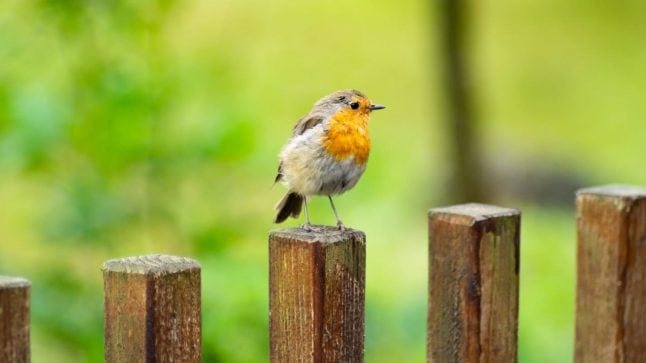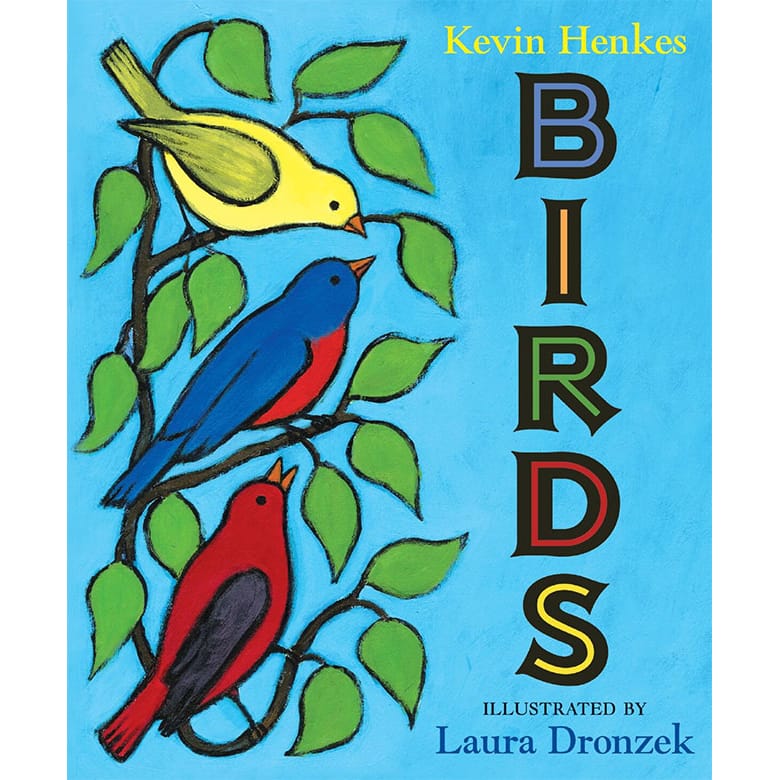Series: Book Ideas
Early Childhood Data Collection Activities Are for the Birds

Any time of year is a great time to get out and see birds, but migration time is when the variety of colorful birds is at its peak. World Migratory Bird Day is officially celebrated on the second Saturday of May in the US and Canada, but many outdoor events and citizen science projects take place all month long. Children are naturally interested in birds, so springtime is the perfect opportunity for early childhood data collection activities.
You don’t need to go far. Birds can be seen on city streets as well as in parks, yards, and nature preserves. You may want to install a window feeder or feeders near your classroom to observe birds up close. Make a list of target birds to look for and keep count. Remind children that birds are hard to spot. Practice staying still and looking for the movements of birds. To develop children’s powers of observation, make DIY cardboard binoculars to help them focus on birds they see.
Let children’s own questions drive your data activities. Whether they are interested in the colors of birds, comparing types of birds or size of flocks, or investigating what kind of birdseed draws the most birds to the feeder, children will explore the Big Ideas of Data Analysis as they collect bird data to answer their questions.
These mathy books for kids will spark curiosity and inspire bird-related investigations:
-
Birds by Kevin Henkes
Birds come in all sizes, shapes, and colors. The simple text and vibrant illustrations of this book invite preschool or kindergarten children to notice the many attributes of birds. What do children wonder about the birds they see?
Get (or make!) a bird guide. Bird guides can be fun to review before going outdoors as well as once you spy birds. Figure out how your bird guide is arranged. Is it according to the different families of birds or by their colors? You may even want to make your own bird guide with children’s own illustrations and descriptions of when and where you can find the species you see.

-
Bird Count by Susan Edwards Richmond
In this Mathical-award winning book, we read about a young girl who participates in an annual census of birds in her community. Her excitement for finding the various species she sees is contagious. As her count grows with each turn of the page, we see her handwritten tallies, and children can notice how she makes groups of five for efficient counting.
Turn birding into a scavenger hunt with a goal: To see as many birds as possible. For younger children, counting up to a target number—5 different kinds of birds, for example, or 20 birds in one outing—will be enough to stay focused and have fun. For first- and second-graders, data collection activities can be more formal with tally charts and adding counts over several days, including birds they see with their families over a period of time.

-
Pigeon Math by Asia Citro
Birds on a wire may sound like a cliché number story, but Asia Citro surprises us in her book, Pigeon Math. Another Mathical-award winner, this funny story about pigeons plays around with a familiar urban sight as birds (and a cat!) leave and return to a telephone wire. The constantly changing quantities provide many opportunities to add and subtract.
Have first graders discuss the number combinations within 10 that occur within the story. Then have them write their own pigeon math stories to create a class book! Second graders can do the same with a flock of 20 pigeons or another common local species such as seagulls, geese, or sparrows.
